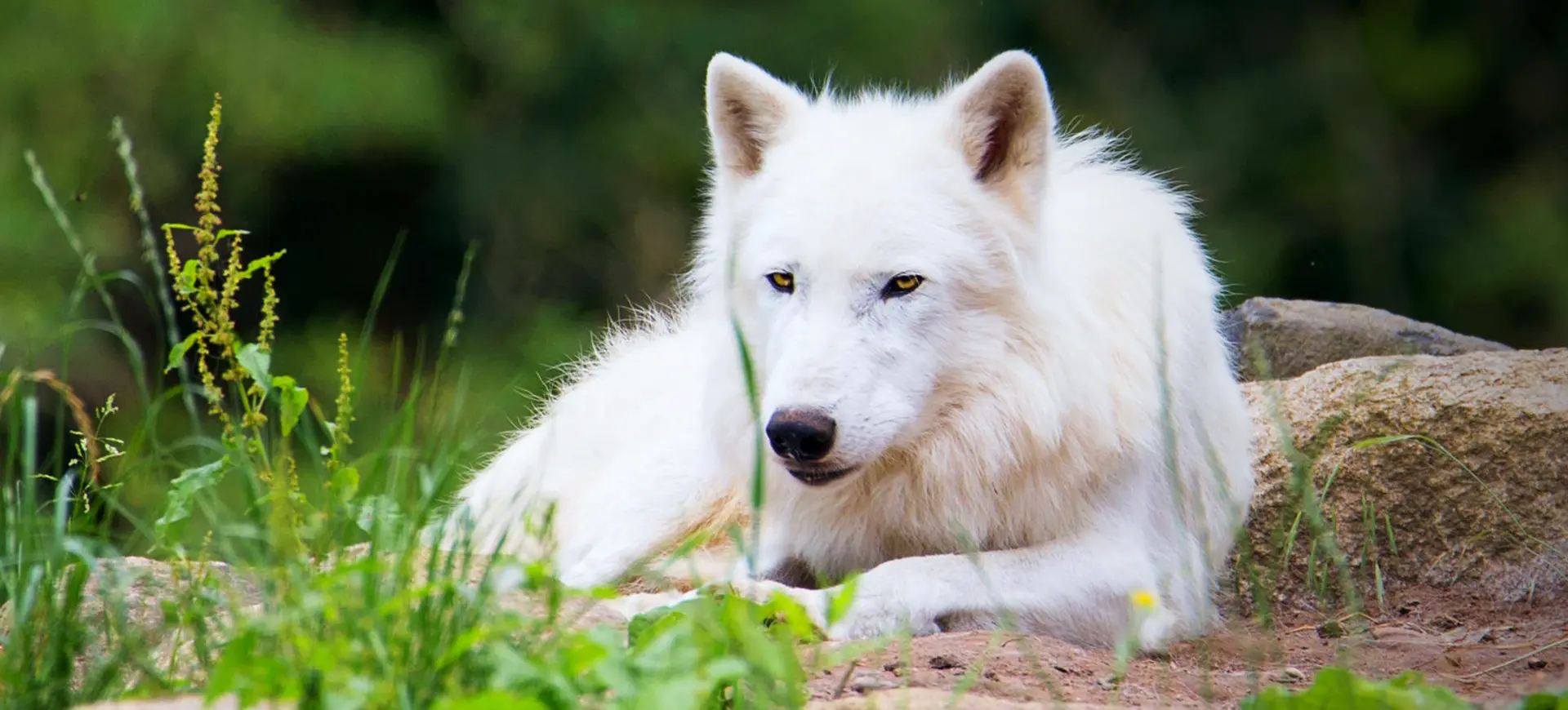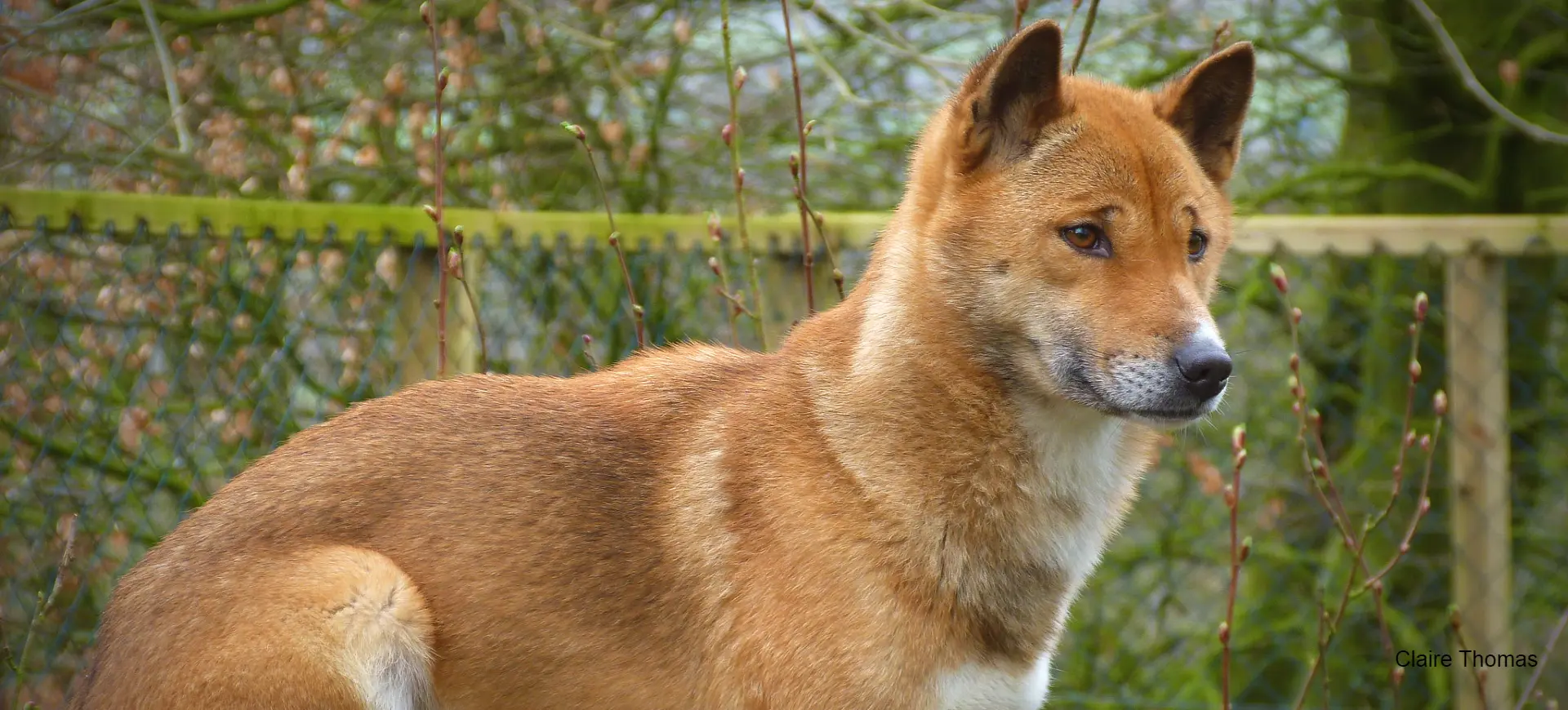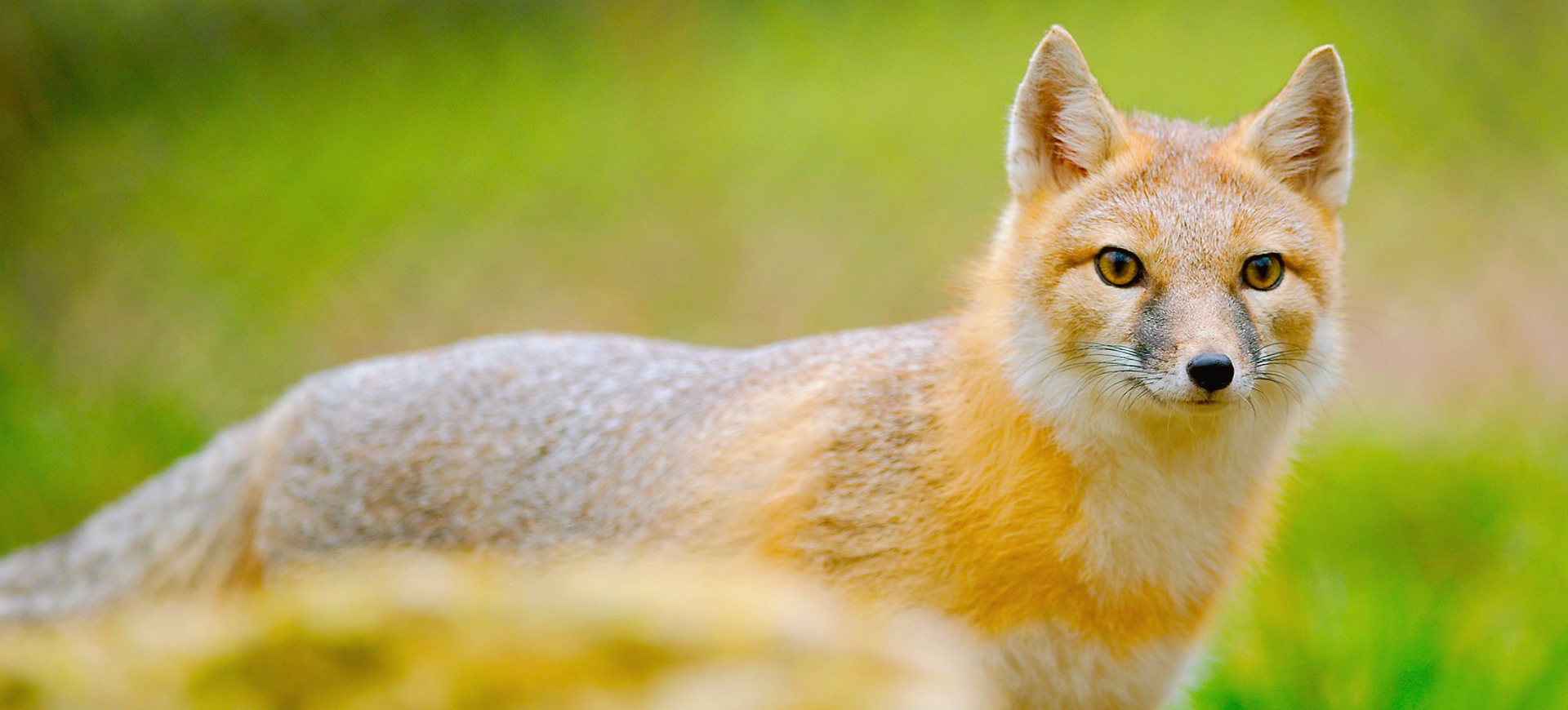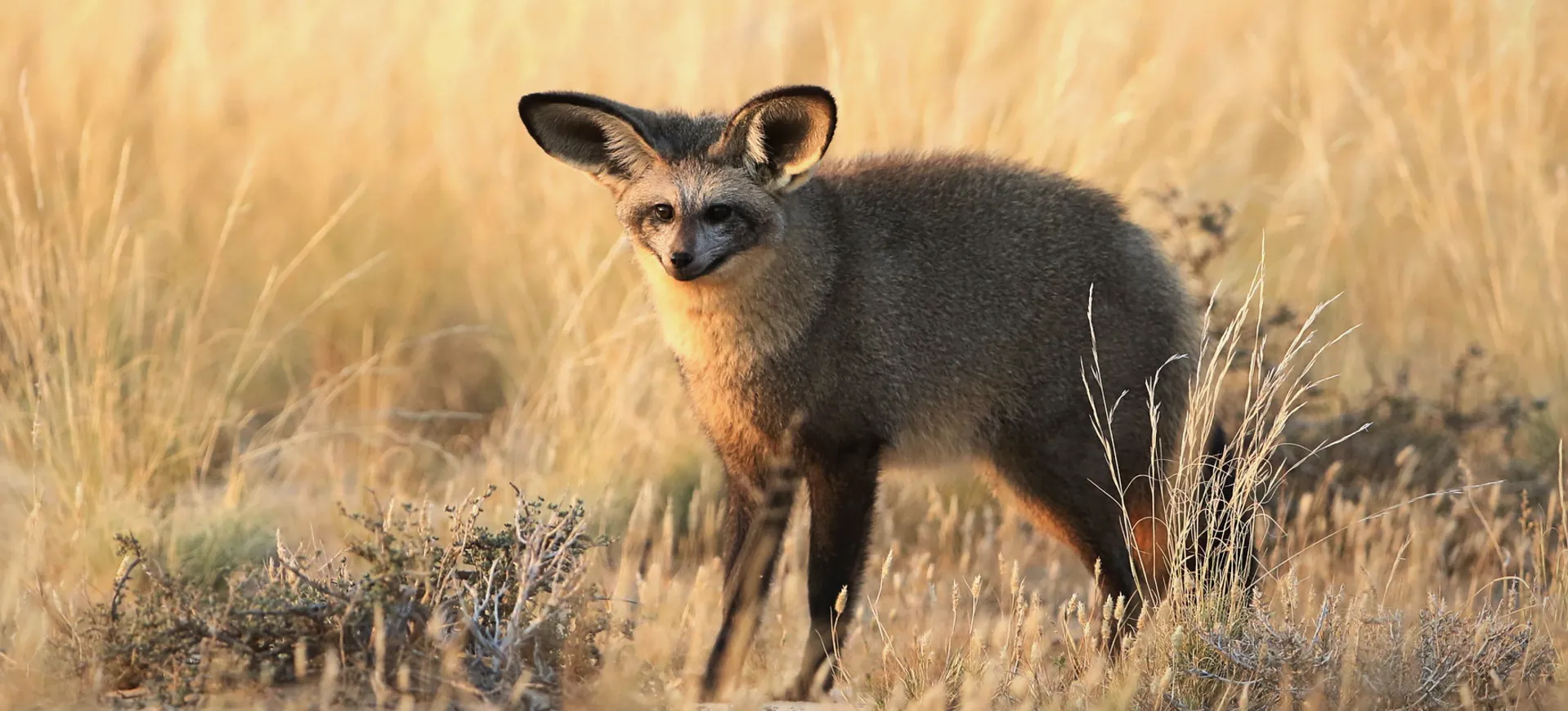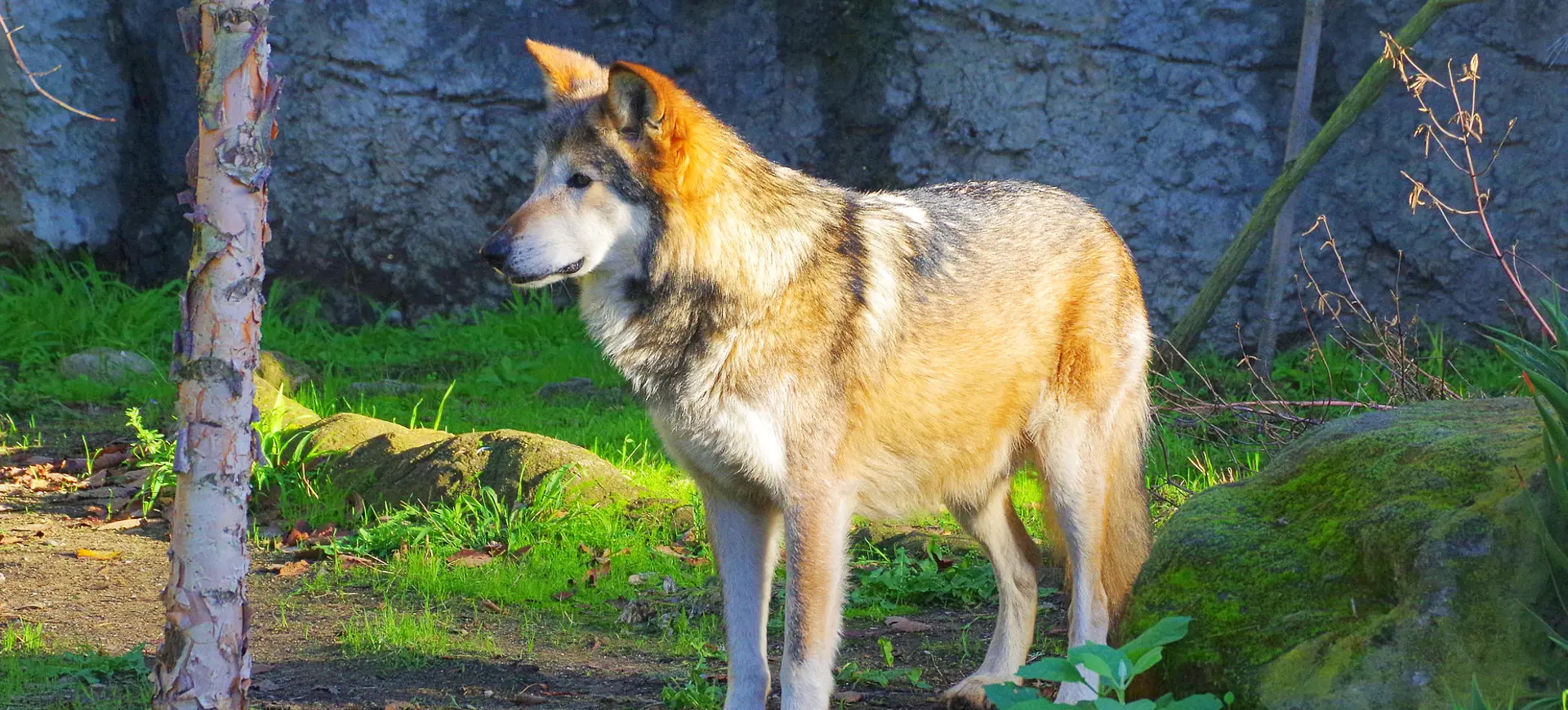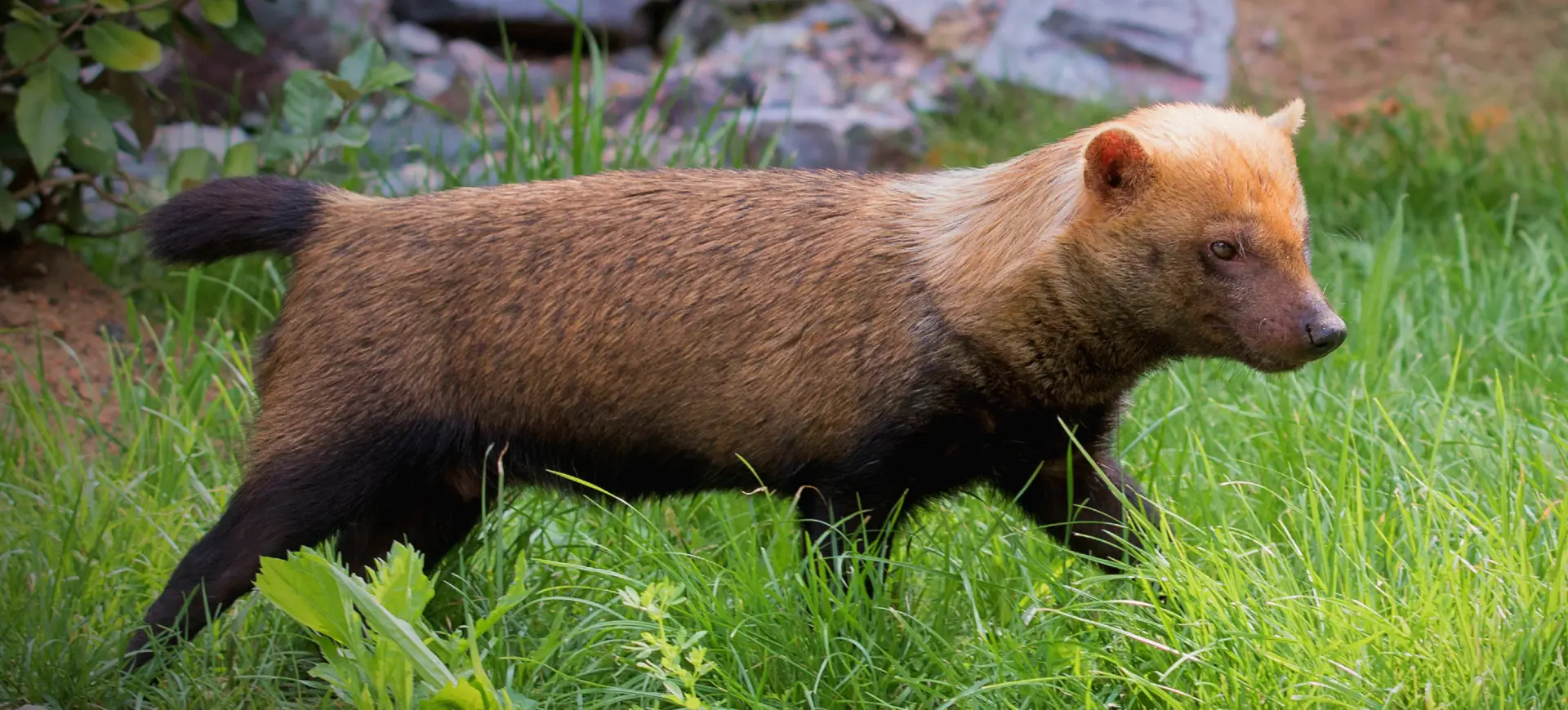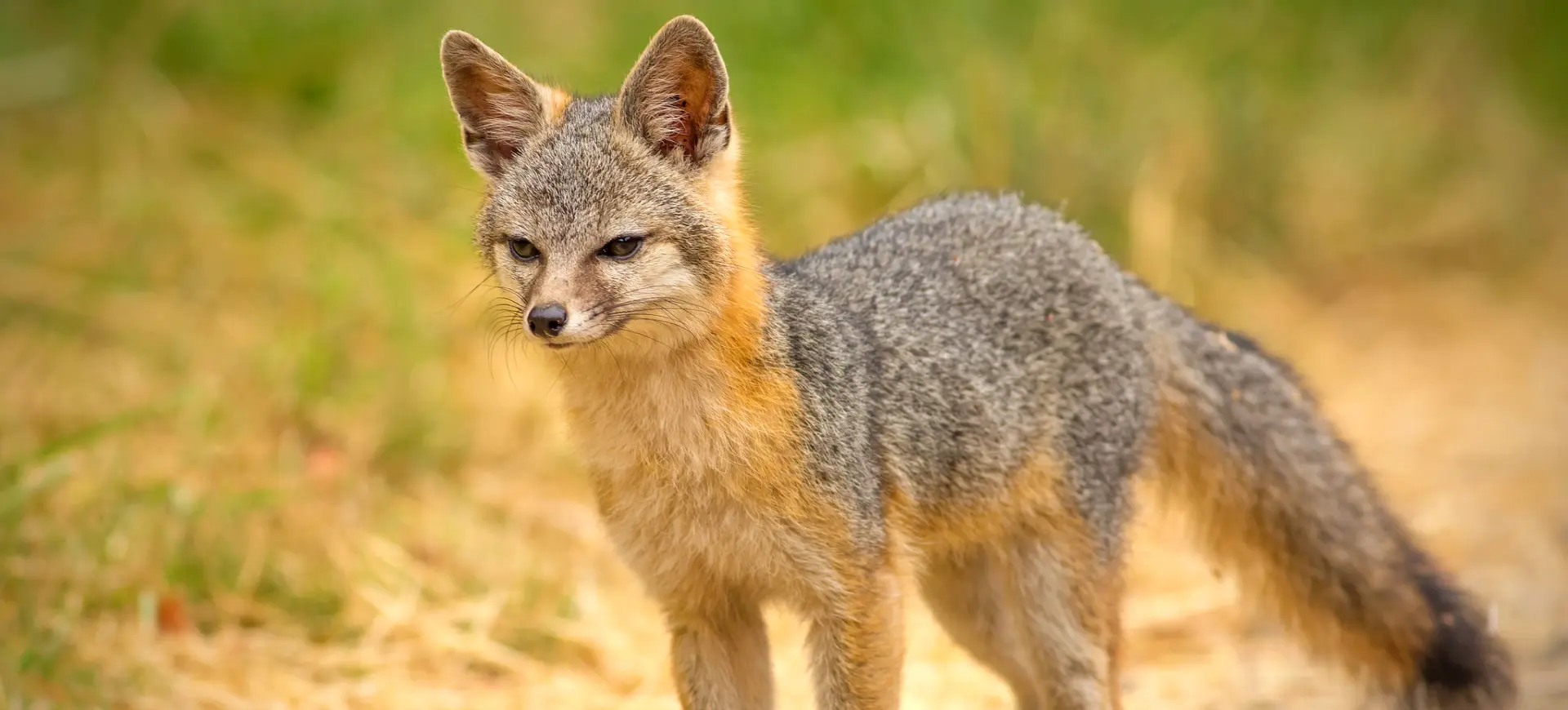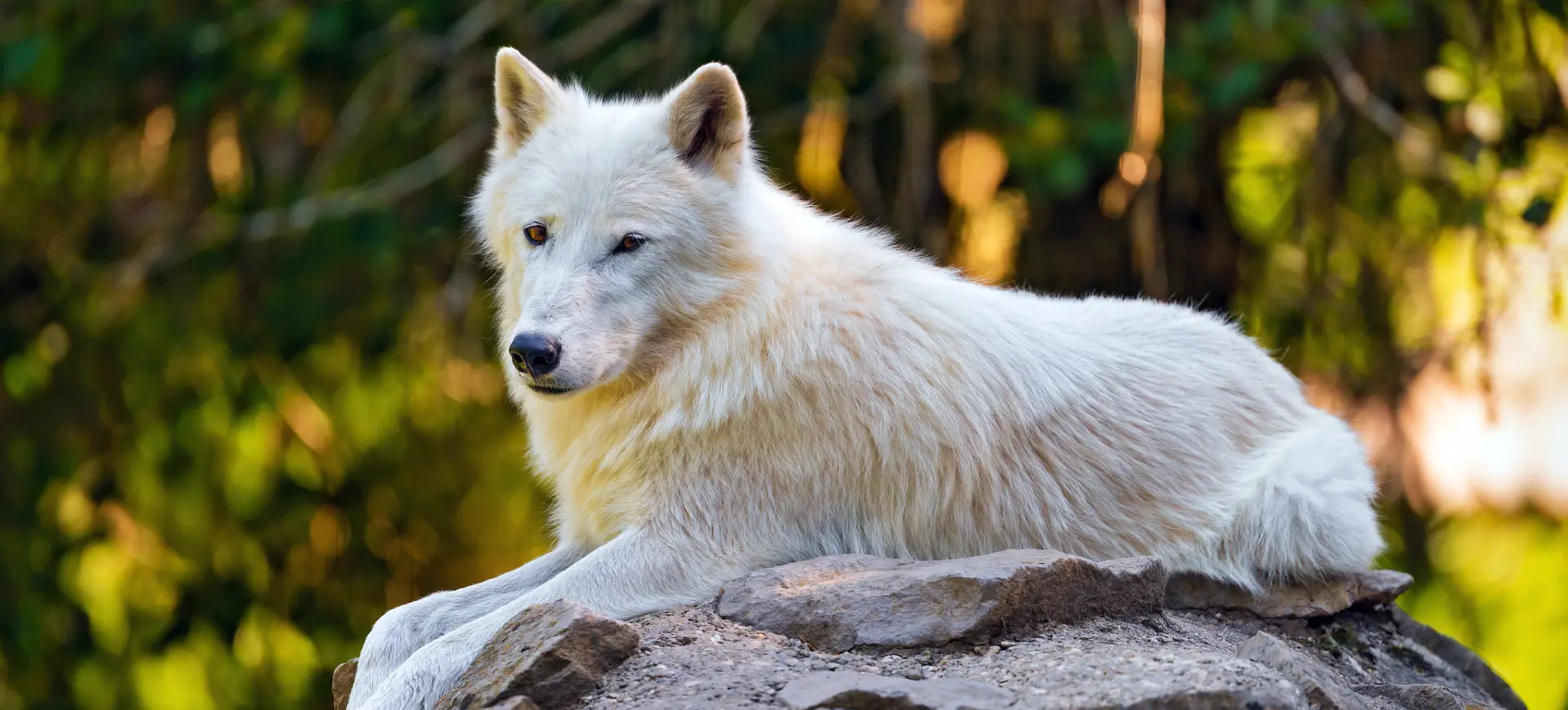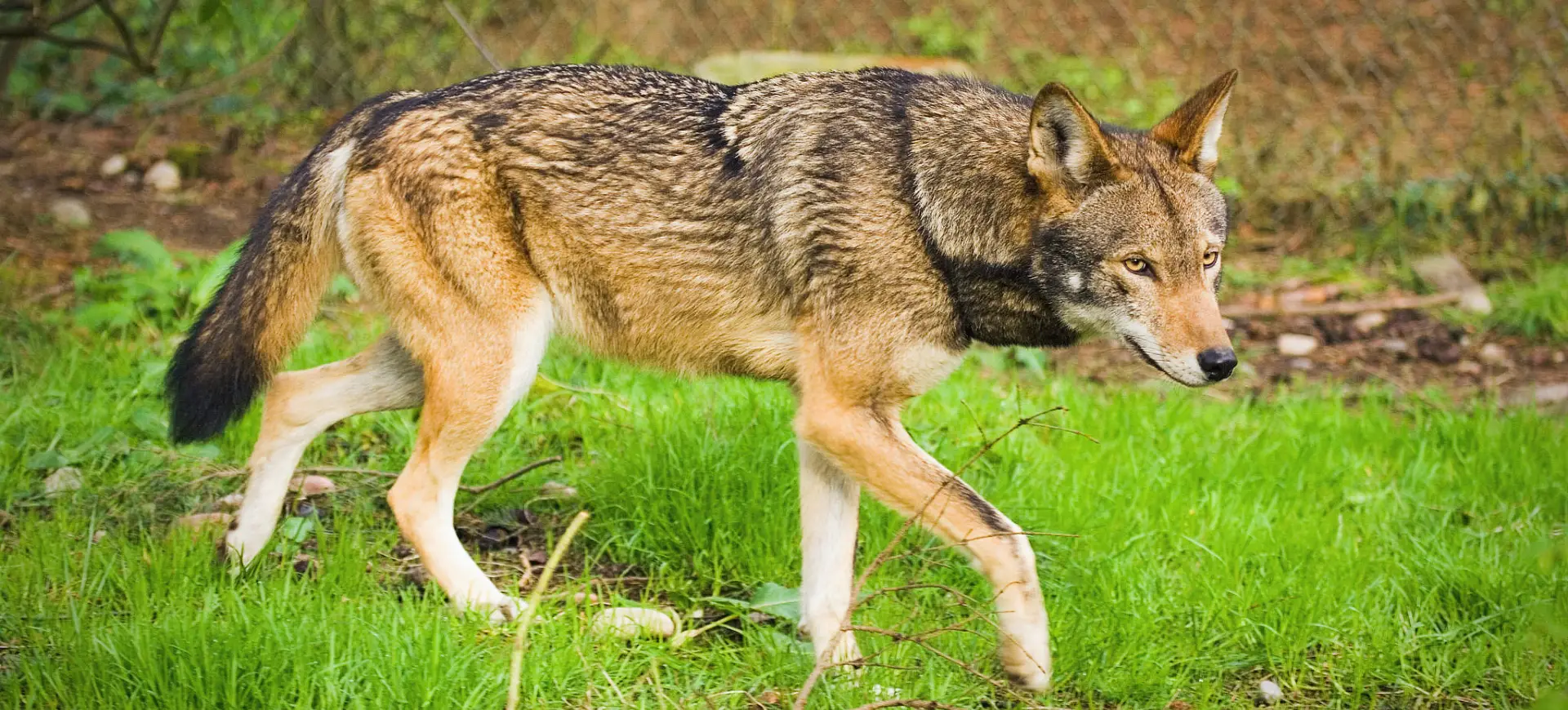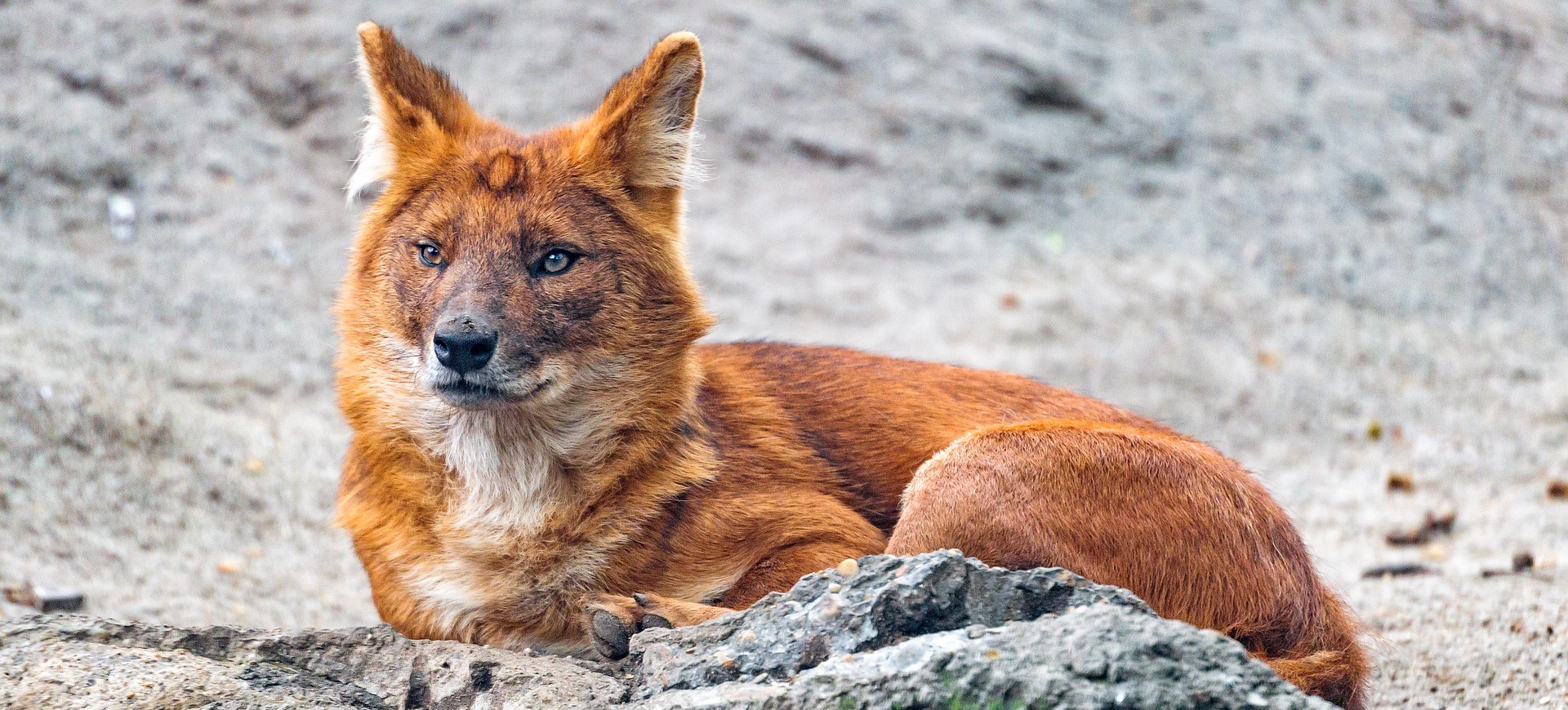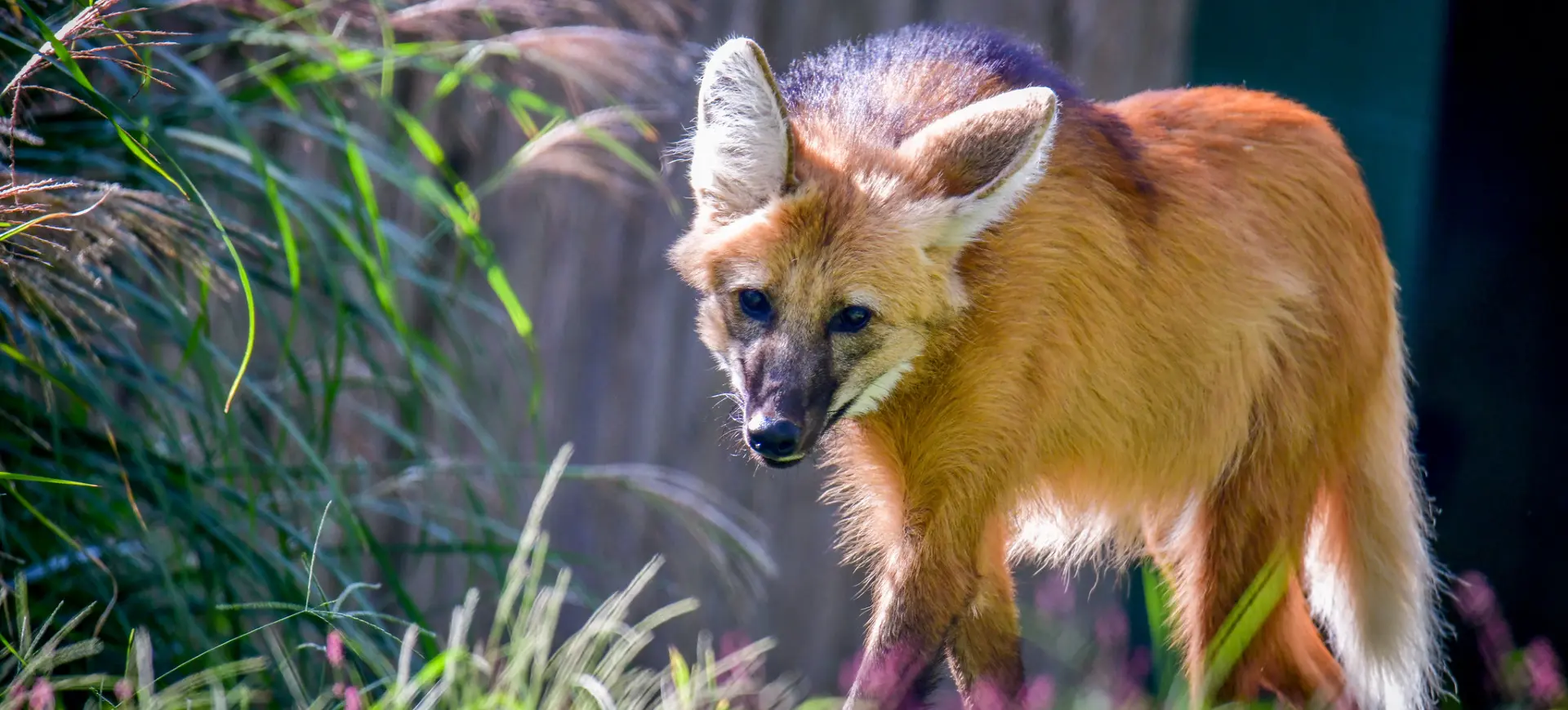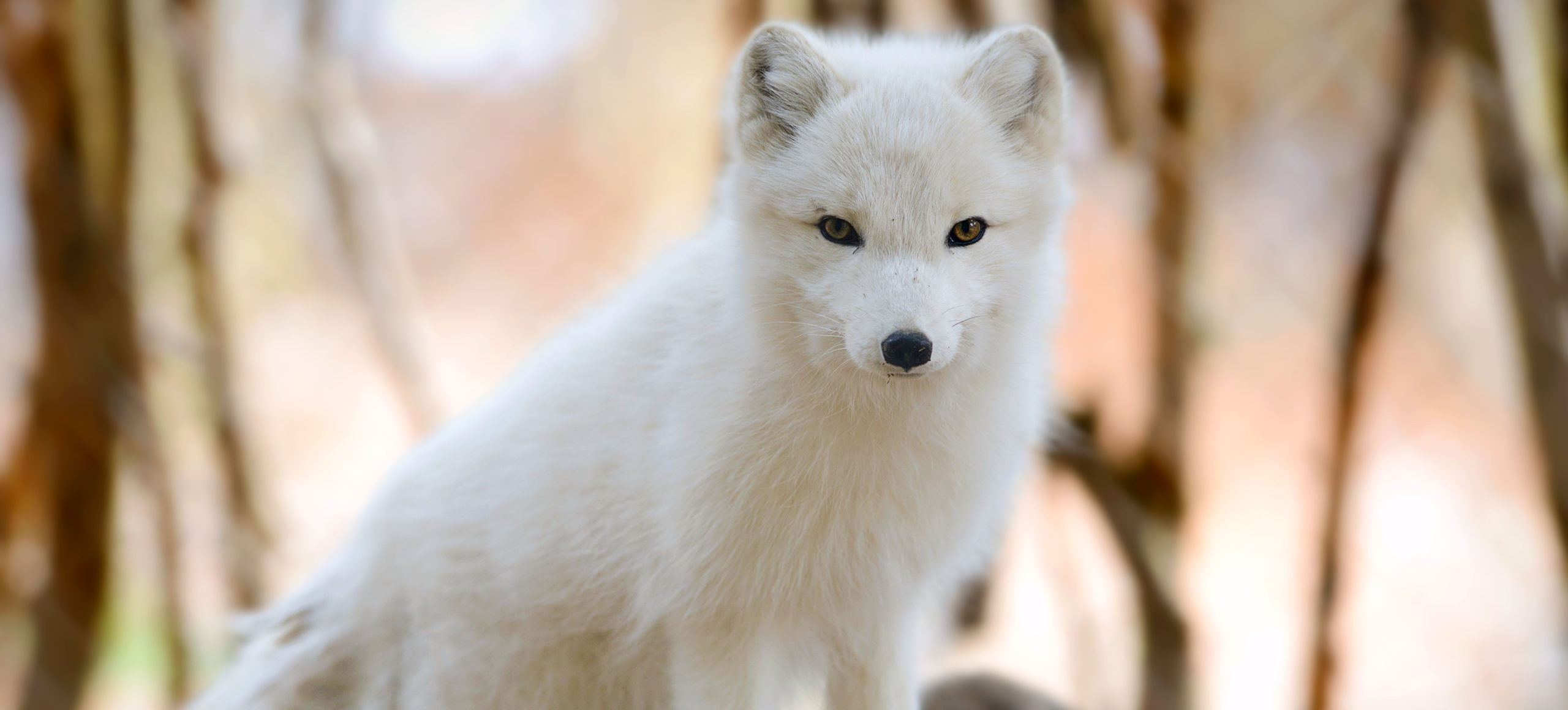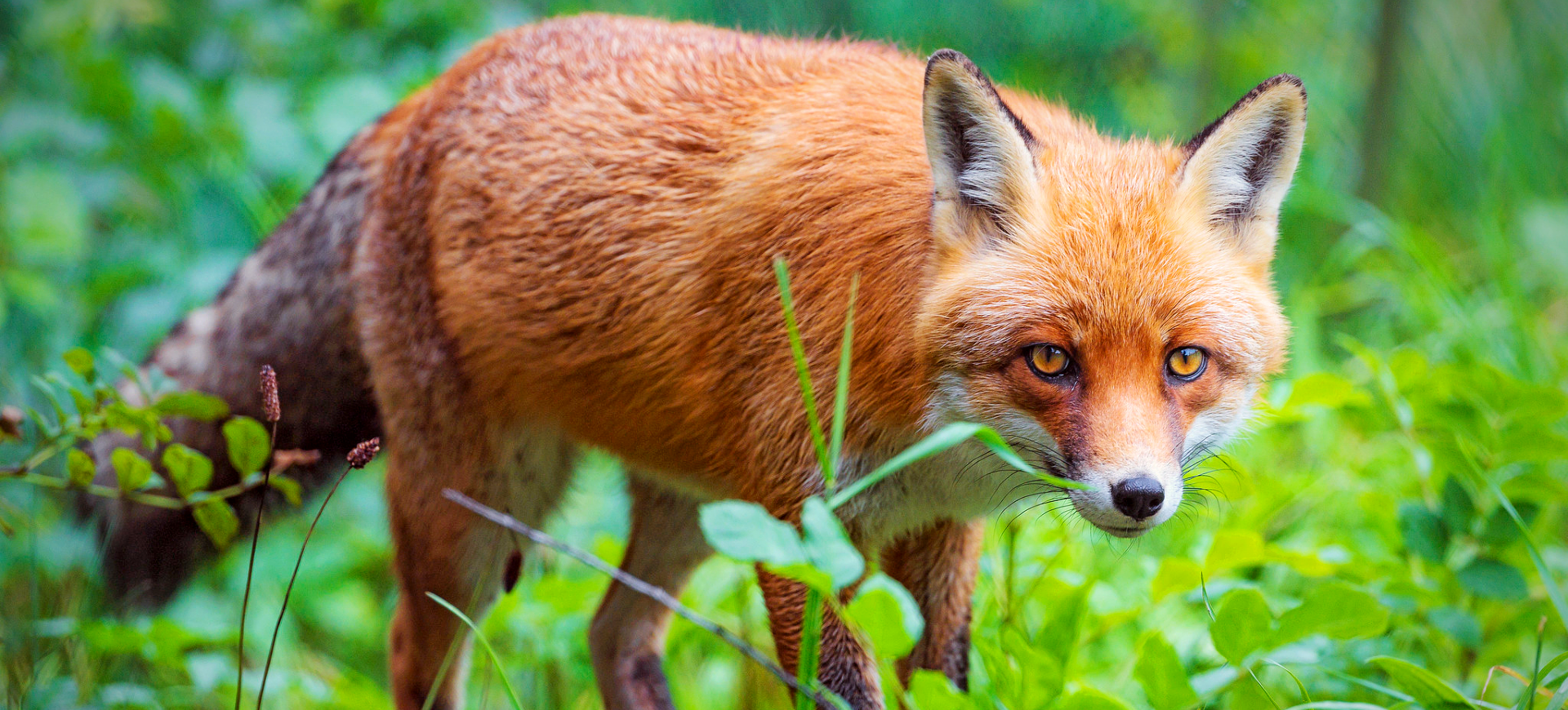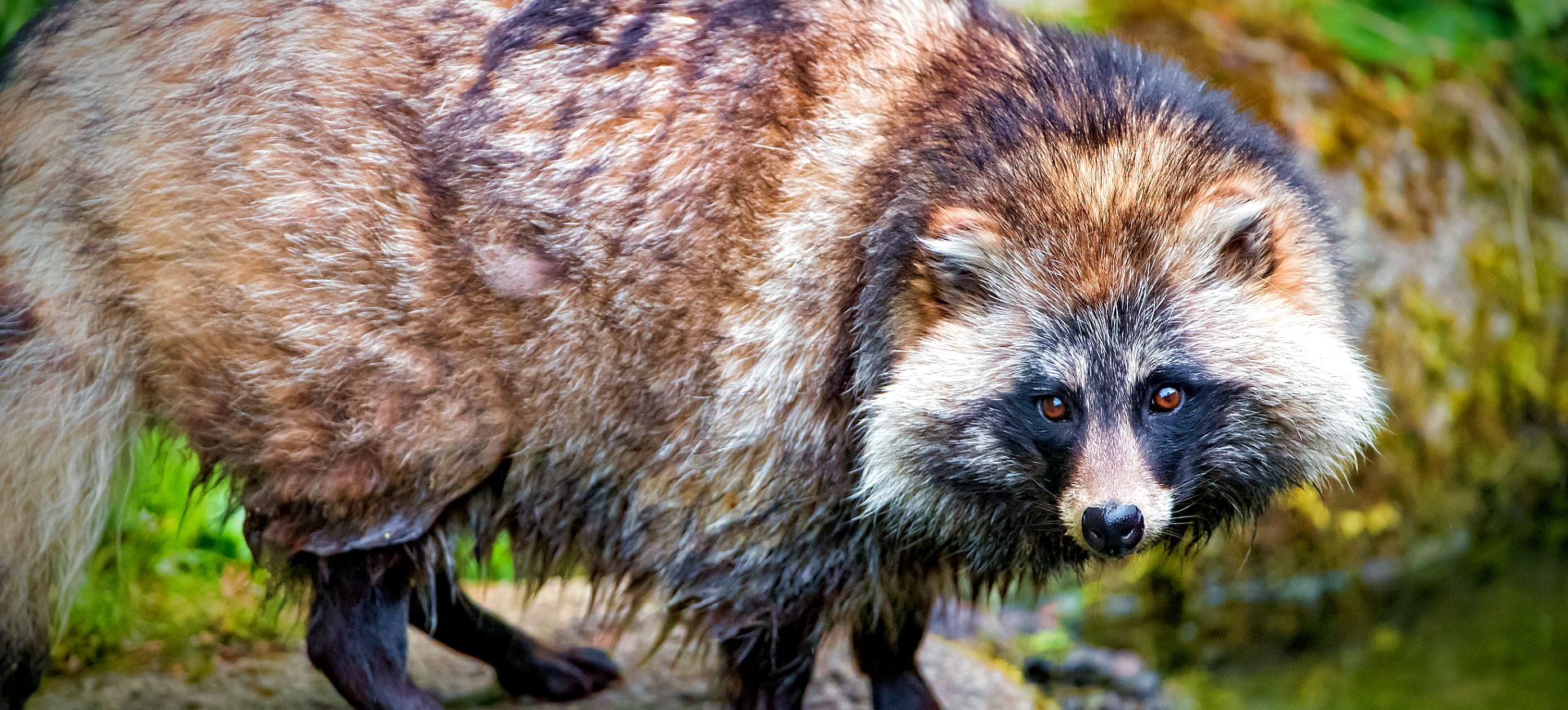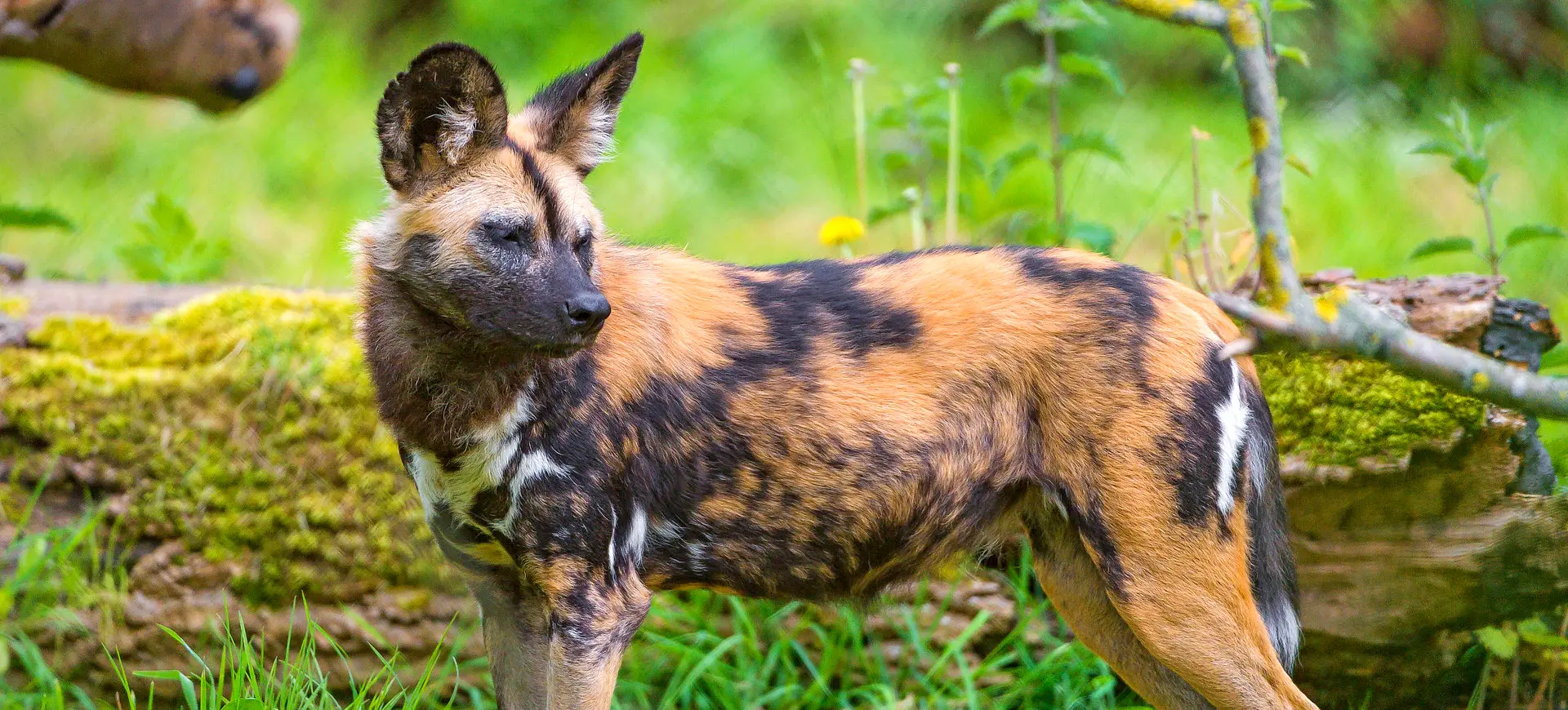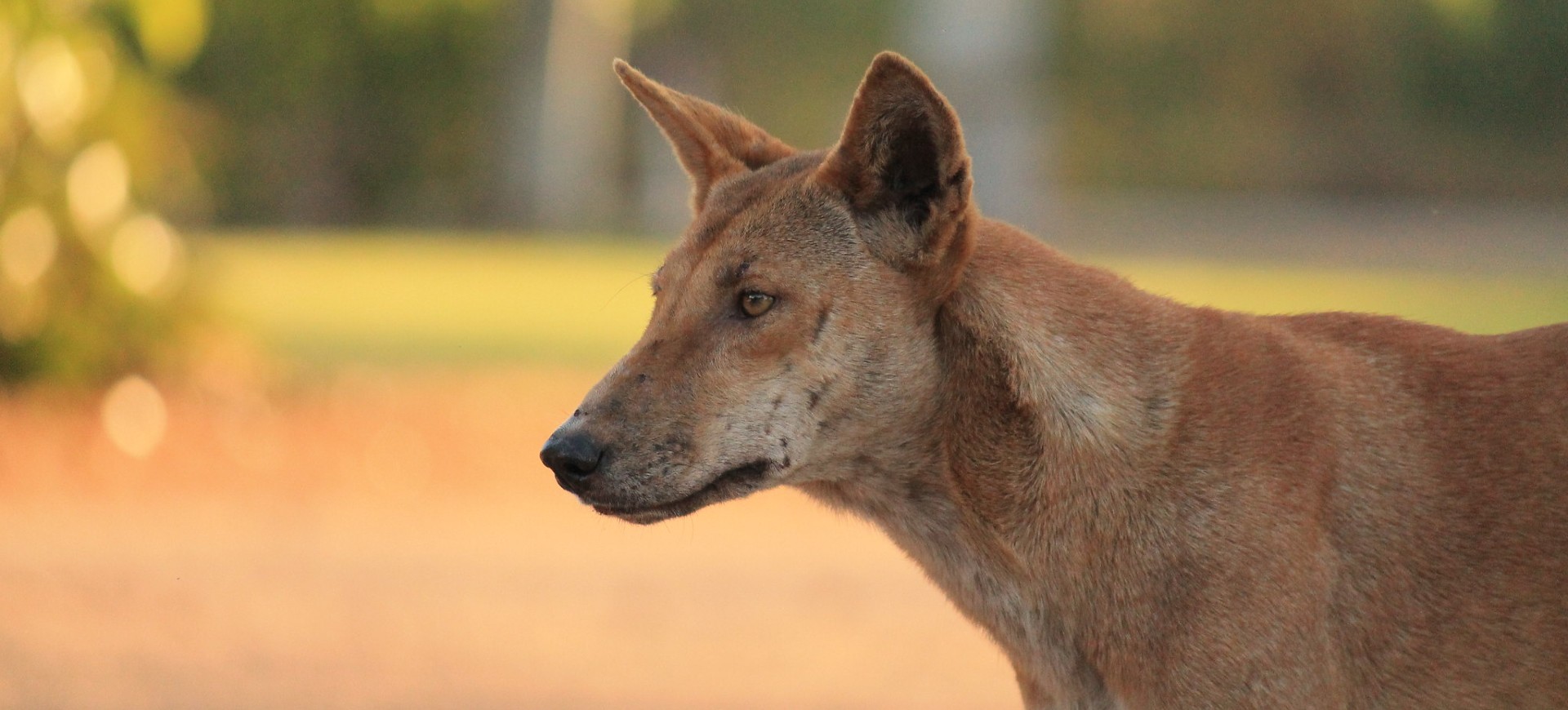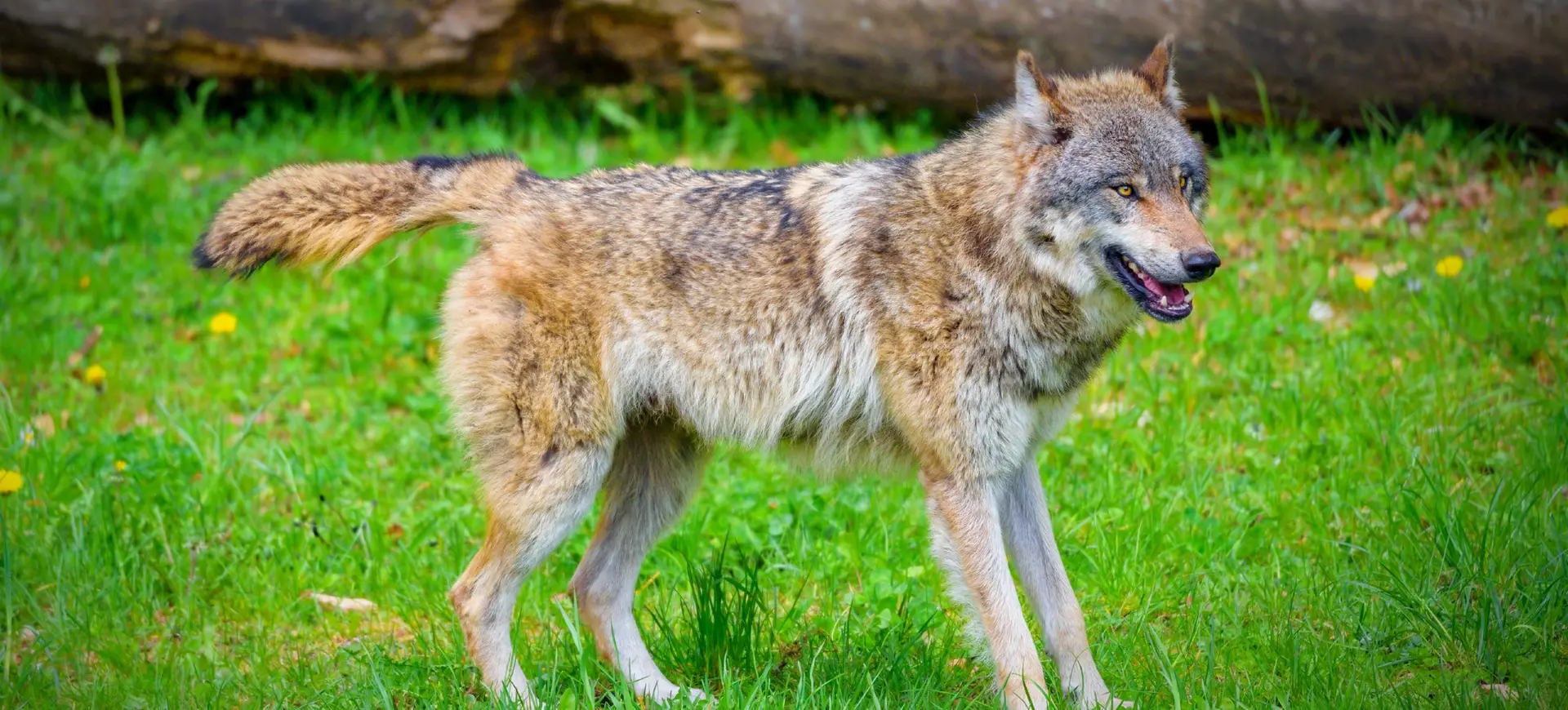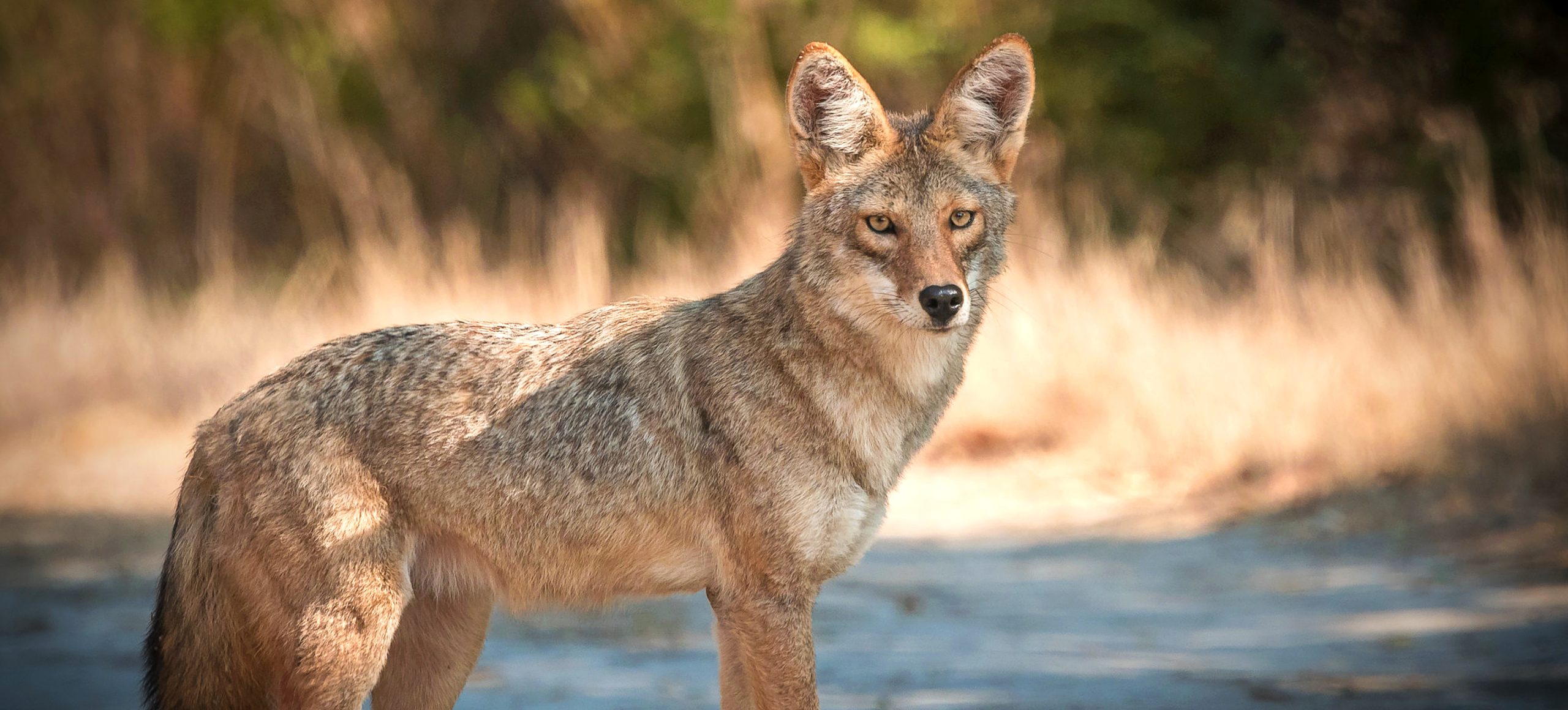Overview
The Fennec Fox is a small canid species native to the deserts of North Africa. Characterized by its large ears, which can be half the length of its head, the Fennec Fox is well-adapted to the harsh desert environment. These ears serve multiple purposes, including dissipating heat and providing acute hearing capabilities, essential for locating prey underground.
The Fennec Fox has a sandy-colored coat that camouflages against the desert landscape. Its paws are covered with thick fur that provides insulation against the hot sand. The animal is primarily nocturnal, avoiding the day’s extreme heat by resting in caves and becoming active at night to hunt and forage.
Weighing between 2 to 3.5 pounds, the Fennec Fox is the smallest member of the Canidae family. Despite its small size, it has a high metabolic rate and can go for long periods without water, obtaining moisture from the food it consumes. It is an opportunistic eater, feeding on various items, including insects, small mammals, and plants.
Physical Description:
The Fennec Fox is easily recognizable by its large, bat-like ears, which can measure up to 6 inches in length. These ears are highly vascularized, aiding in thermoregulation. The fox’s coat is predominantly sandy in color, providing camouflage against its desert habitat. It has a bushy tail with a black tip, and its eyes are large and dark, aiding in its nocturnal lifestyle.
The Fennec Fox has a small and slender build, with a body length ranging from 9 to 16 inches and a tail length of around 7 to 12 inches. Its paws are covered with thick fur, which insulates against the hot desert sand. The animal’s dental structure is adapted to its omnivorous diet, featuring sharp canines for tearing meat and molars for grinding plant material.

Lifespan: Wild: ~10 years || Captivity: ~14 years

Weight: Male: 2.2–3.3 lbs (1–1.5 kg) || Female: 2–3 lbs (0.9–1.4 kg)

Length: Male: 9–16 in (23–41 cm) || Female: 9–14 in (23–36 cm)

Height: Male: 7–8 in (18–20 cm) || Female: 6–7 in (15–18 cm)

Top Speed: 20 mph (32 km/h)
Characteristic:
Native Habitat:
The Fennec Fox is native to the arid regions of North Africa, including the Sahara Desert and parts of the Sinai Peninsula. It prefers sandy or semi-arid zones and is well-adapted to extreme temperatures. The fox burrows in the sand, a resting place during the day, providing shelter from predators.
The animal’s distribution is closely tied to areas where food and water are available, although it can survive for long periods without water. It avoids densely populated areas and is most commonly found in remote desert landscapes. The Fennec Fox is a highly adaptable species that can survive in various desert habitats.
Climate Zones:
Biomes:
WWF Biomes:
Biogeographical Realms:
Continents:
Diet:
Diet & Feeding Habits:
The Fennec Fox is an opportunistic eater, consuming a wide range of food items depending on availability. It primarily feeds on insects, small mammals, and birds. The fox uses its keen sense of hearing to locate prey, often digging to uncover insects or small rodents hiding underground. It can consume fruits and roots when animal prey is scarce.
The Fennec Fox’s diet varies seasonally, with a higher consumption of plant material when animal prey is less abundant. It is well-adapted to its arid environment and can go for long periods without water, obtaining necessary moisture from its food. Despite its small size, it has a high metabolic rate, which allows it to digest food quickly and efficiently.
Mating Behavior:
Mating Description:
The Fennec Fox is monogamous, and pairs often stay together for life. Mating usually occurs in January and February, and the female gives birth in March or April after a gestation period of about 50 days. The male takes an active role in caring for the young, bringing food to the den and helping to keep them warm.
After giving birth, the female stays in the den to nurse the pups, which are born blind and helpless. The male brings food to the den and guards against predators. The pups are weaned at around 61 to 70 days and become independent at about 4 months. Both parents participate in teaching the young how to forage and hunt.
Reproduction Season:
Birth Type:
Pregnancy Duration:
Female Name:
Male Name:
Baby Name:
Social Structure Description:
Fennec Foxes are social animals that live in family groups consisting of a monogamous pair and their offspring. The family unit is tight-knit, and both parents take an active role in raising the young. The male is particularly involved, helping to feed and protect the pups.
Despite their social nature, Fennec Foxes are not particularly aggressive, and conflicts within the group are rare. They communicate through various vocalizations, which serve different functions, such as alerting the group to danger or signaling submission. The social structure is relatively flexible, and group composition can change over time.
Groups:
Conservation Status:
Population Trend:
The Fennec Fox is currently listed as Least Concern by the IUCN, although exact population numbers are unknown. The species is considered widespread within its range, and populations are generally stable in areas with minimal human activity. However, localized declines have been noted due to habitat loss and hunting.
The primary threats to the Fennec Fox are habitat loss due to agricultural expansion, human settlement, and hunting for their fur. Despite these threats, the species is not currently at significant risk. Conservation efforts are focused on habitat preservation and sustainable management practices.
Population Threats:
Habitat loss due to agricultural expansion and human settlement is the primary threat facing the Fennec Fox. In some areas, they are also hunted for their fur, although this is generally on a small scale. The species is also at risk from diseases transmitted by domestic dogs, such as rabies and distemper.
In addition to habitat loss, Fennec Foxes are sometimes killed in traffic accidents, as they often forage near roads. They are also at risk from predation by larger carnivores, although their keen hearing and speed usually allow them to escape. Conservation efforts are needed to mitigate these threats and preserve the species’ natural habitat.
Conservation Efforts:
Conservation efforts for the Fennec Fox are primarily focused on habitat preservation. Protected areas such as national parks and reserves offer the best chance for the species’ survival. In these areas, sustainable management practices are being implemented to preserve the desert and semi-arid zones the fox relies on.
Community-based conservation efforts are also being undertaken in some regions. These initiatives aim to involve local communities in the conservation process, providing them with the tools and knowledge to manage their natural resources sustainably. Education and awareness-raising are key components of these efforts.
Additional Resources:
Fun Facts
- Fennec Foxes have large ears that help them dissipate heat.
- They can go for long periods without water, obtaining moisture from their food.
- The foxes are monogamous and often form lifelong pairs.
- Males take an active role in caring for the young.
- They have a keen sense of hearing, which they use to locate prey.
- The foxes are excellent diggers and often use their burrows as daytime shelters.
- They communicate through various vocalizations, including whines, chirps, and growls.
- Fennec Foxes are primarily nocturnal but can be active during cooler parts of the day.
- They are the smallest members of the Canidae family.
- Fennec Foxes are listed as Least Concern by the IUCN and are not currently at immediate risk.






